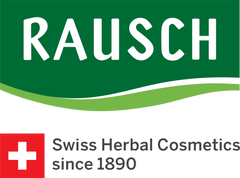Roseroot | What's that?

Roseroot (Rhodiola rosea) is a sap-rich perennial plant from the stonecrop family. It grows under extreme conditions in crevices of mountain rocks and on sea cliffs in Europe, Siberia, North America, Central Asia and the Himalayas.
Commercially available roseroot mainly comes from the Altai Mountains. Successful attempts have also been made to cultivate the plant in the Swiss Alps.
The name roseroot comes from the rose-like scent of the roots when ground. The plant’s stimulating effects have always been highly valued in Russia and Scandinavian countries. The Vikings and early Siberian cultures are known to have used its knobby roots for their haemostatic effect and to protect against infection.
Russian medicine has long regarded roseroot as an adaptogen, i.e. a herb that supports the body’s ability to adapt to stress and changing situations. Roseroot is also commonly known as ‘golden root’. The plant contains tannins, antioxidants and ‘rosavin’, which slows the ageing process and has a beneficial anti-ageing effect on skin.
Roseroot is also traditionally used to combat fatigue, drowsiness and lack of concentration. In recent years, studies have confirmed its beneficial effect on our cognitive and learning abilities. Roseroot is most commonly used to treat exhaustion, characterised by symptoms such as sleepiness, weariness, irritability and tension.
The roots of the plant are used for medicinal purposes, and in some countries, roseroot is also eaten as a vegetable. Roseroot tea can be made by adding a teaspoon of finely chopped roots to a flask of boiling water. Allow to steep overnight and drink the next day.
